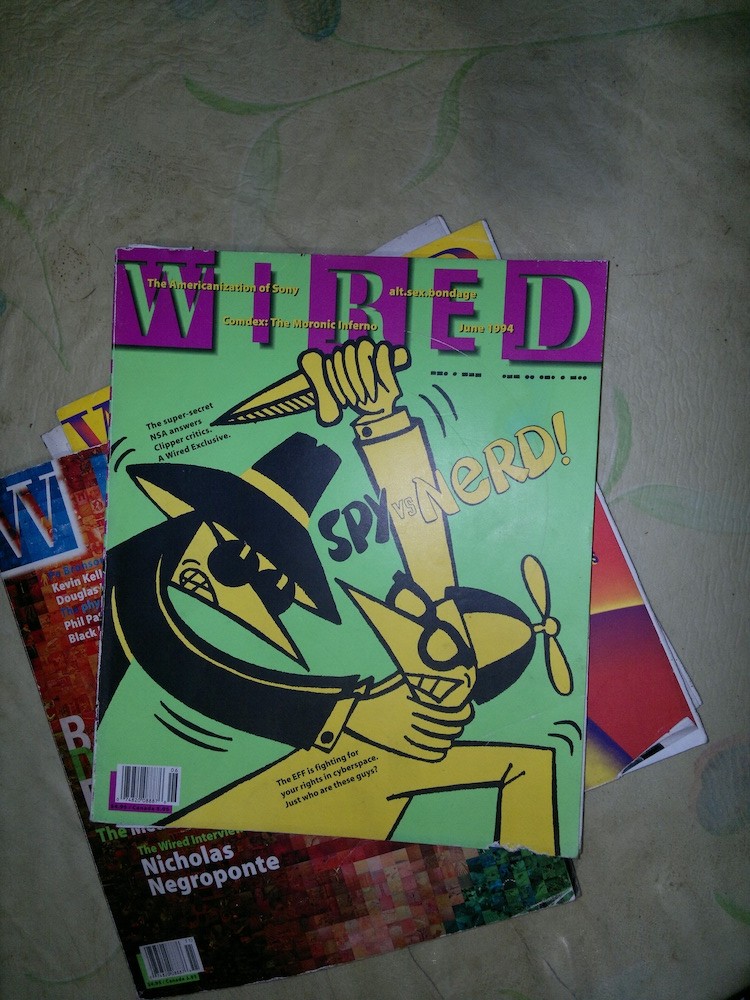This blog piece grew from my comment on a humorous post of an FB friend about the bilingualism that comes so naturally to young children growing up in bilingual environments. The humor arose from a meme triggered by a viral news piece, about Princess Charlotte of Wales speaking two languages at age two—to which someone retorted that this was usual among immigrant children but didn’t hug the headlines because they were poor (unlike children of famous royalty).
Continue reading “Do bilingual Filipinos enjoy an advantage?”More to follow, A.F.

THIS IS A WORK IN PROGRESS. Before Artificial Intelligence (A.I.), or some 800,000 years ago probably, our human ancestors Homo erectus discovered how to wrest fire from burning bushes, and how to control and use this terrifying force of nature. Eventually, they learned how to artificially create fire. We now simply call it “fire”, but to be exact, it should be called Artificial Fire, or A.F.
Thus with A.F. did H. erectus people broaden their food sources, expand those parts of the brain that created culture and language, spread to all parts of the world, and thrive in all ecosystems. A.F. paved the way for the next waves of Homo to dominate the living world, and build civilizations that would transform what it meant to exist as humanity.
Continue reading “More to follow, A.F.”21st-century tech arena of social struggle
LAST DECEMBER 2022 (which seemed so long ago, in infotech terms), at first I had wanted my study group at UP Open University to focus on the potentials of an AI-based operating system (think of Linux on AI steroids) that ran on an alternative PC architecture. This AI-muscled PC would rely almost purely on GPUs + a standard CPU (think of a souped-up Raspberry Pi with external GPUs).
Such an approach would make it much easier for barrio kids to assemble a fairly cheap AI-powered rural network for empowering their province’s educational-cultural and info needs. If successfully deployed in many rural provinces, it could serve as a long-term innovator-disruptor not just in the “IT industry” sense but in the wider socio-economic and political sense.
But since my group was pressed for time, and what with the hype around Midjourney, Dall-E etc., I agreed with the more popular choice to focus on AI generative art and lit — which of course have their own immense (but I now feel, short-lived) innovator-disruptor potentials. I’m still satisfied though with how the research turned out.
But now I want to return to my original interest, advocacy, and prediction: that, in the longer-term, the biggest arena of struggle for cyber-control (in the IT field) will feature the “weaponry” of streamlined mini-PC servers on AI-architecture GPUs (even just Raspberry Pi-based for now).
It would run AI-enabled open-source operating systems and software, and be capable of hosting distributed-cloud services that can empower community-based networks. The network can even shield itself from external attack, to some extent.
So here are some links that should be of interest to 21st-century tech activists:
- Zen and the Art of Making Tech Work for You (The complete manual)
- Pockit: A tiny, powerful, modular computer
- Wireless Community Networks: An Alternative Approach for Nomadic Broadband Network Access
- and so many others
The key elements of this future 21st-century tech arena of social/class struggles are now here, or fast looming on the horizon. #



